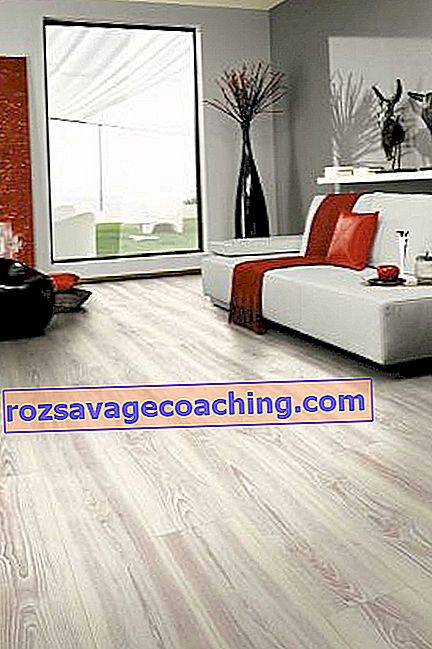
For many years, laminate flooring has been one of the most demanded floor coverings - it looks decent and expensive, perfectly suits almost any style of interior and, importantly, it is quite easy to lay it on your own, without the help of workers.
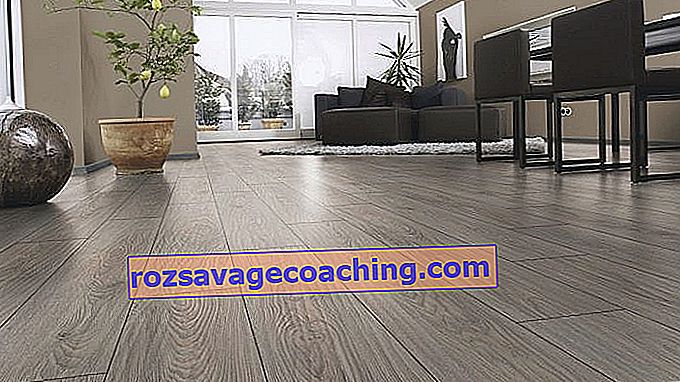
True, the laminate, with all its obvious advantages, simultaneously has one significant drawback - for various reasons, the uniformity of the coating may be violated.
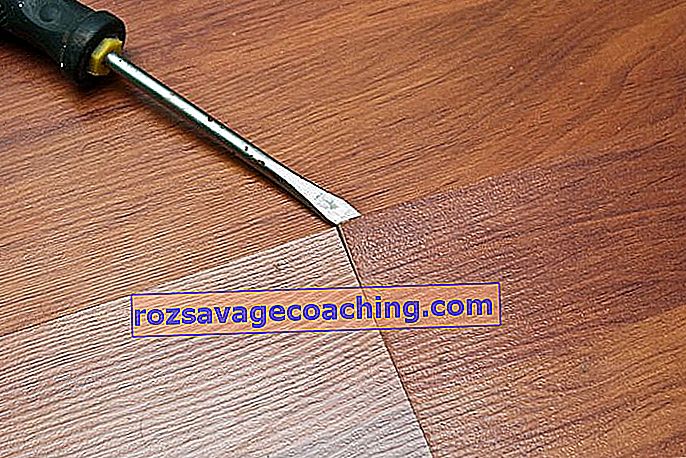
People faced with this problem begin to panic, because they believe that this damage can only be repaired with the help of professionals.

However, if you study the issue and understand the causes of swelling, you can not only get rid of this problem yourself, but also prevent further irregularities.
Design
For those who decided to solve the problem on their own, first you need to figure out what the laminate is and what parts it consists of.

- The lowest layer of the laminate is somewhat reminiscent of a thick sheet of paper on which a film is applied on one side. This layer is needed just to protect the material from moisture.
- Then comes a layer of fiberboard, along the edges of which there are small connectors for fastening, it is with their help that the plates are connected to each other during installation.
- Colorless paper with a pattern applied to it is the layer due to which we, as a rule, choose this or that type of laminate.
- The last layer is a protective film made of acrylic resins and melamine.
When dividing the products of different companies into price categories, it is the quality of this layer that is the determining factor. The better it is made, the higher the price of the laminate, and, accordingly, the higher the degree of protection of the coating from external influences.

Why is it swelling?
The reasons why the surface of a laminate is swelling depends on a variety of factors. Here, not only how the owner of the room takes care of the laminate plays a role, but also how the installation was originally carried out.
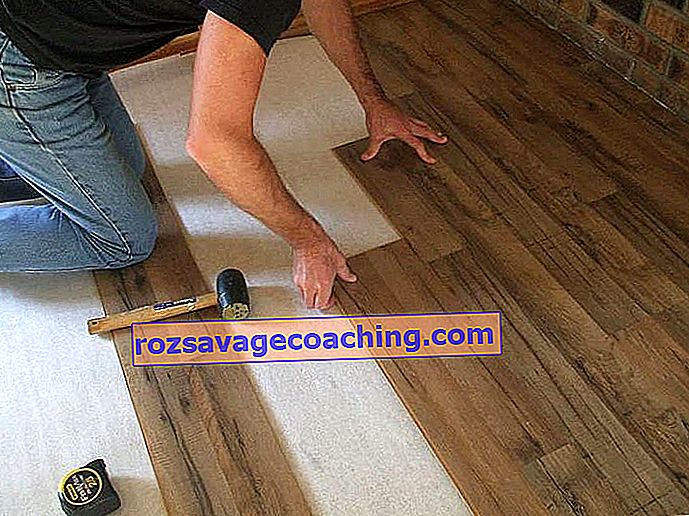
Among the most common reasons that people who choose laminate flooring regularly face are the following:
- Selected initially low-quality material. It is no secret that during repairs, accompanied by colossal expenses, people tend to fall for tempting promotions and discounts. This leads to the fact that trying to save an extra 100 rubles, you can choose a product of low quality, which will lead to subsequent expenses on repairs.

Laminate is a rather whimsical material, and therefore in this situation it is better not to "save on matches", but to choose from the very beginning a covering of a good and proven company in the construction market.

- An error was made when preparing the base surface. In particular, how well the base is prepared for the laminate plays an important role here.
According to the rules, the base base must be carefully leveled and dried, otherwise unwanted irregularities will appear on the surface of the laminate.

Sometimes builders generally lay the flooring directly on top of the old parquet, which is also unacceptable. In addition, sometimes during installation, they forget about the substrate, which will subsequently work for thermal insulation, or they choose a substrate of the wrong thickness, for example, a too thick and soft substrate will not fit under thin strips.

- Installation technology was not followed. A common mistake when laying the flooring yourself is not making a gap of the required size between the wall and the panel. According to the standards, this space is 1 or 1.5 cm. Otherwise, the temperature regime and humidity level will be violated and the floor will go in waves. Moreover, the same norm must be observed if the laminate is in contact with heating pipes or other elements.

There is one more nuance - sometimes the panels are attached with nails, which violates the protective layer of the material and also leads to further violations.
- The laminate is wet from the water on the floor. Unfortunately, all the advantages of this flooring often pale before one and obvious disadvantage - the slightest ingress of water on the surface can lead to swelling. An overturned vase of flowers, insufficient sealing of windows during showers, and even too much water during wet cleaning can play a bad role here. Of course, in this situation it all depends on the quality of the laminate. But even the most expensive material from being in a humid room or prolonged contact with water will become unusable.
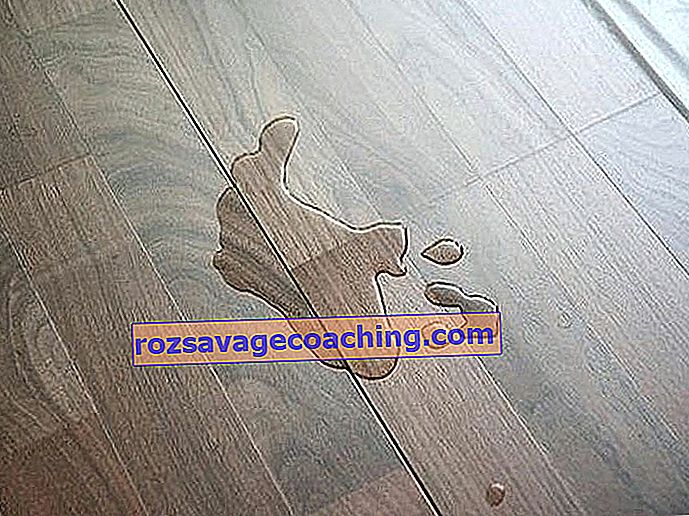
- Careless handling and lack of grooming.
It is necessary to determine the reason why the laminate is swollen in order to correctly choose a way to fix the problem.
By the way, in a situation where you are faced with this in a recently purchased room, where repairs have already been made and do not have information about how the installation was carried out, you can always determine the cause by the appearance of the swelling. So, if the irregularities are more like waves, the reason is a poor-quality laminate or errors during installation. But if the swellings are more like tumors, curved and rough, the whole point is in the penetration of moisture into the structure.
What to do?
Of course, if the laminate has risen at the joints and seams, the problem can only be fixed by dismantling. As a rule, the reason for the violation here lies in the fact that the coating was not laid correctly.
The actions in this case are as follows:
- remove the baseboards;

- find those laminate slabs that abut against the walls;
- saw off the protruding part with a jigsaw so that the plinth necessarily covers the space that has appeared;
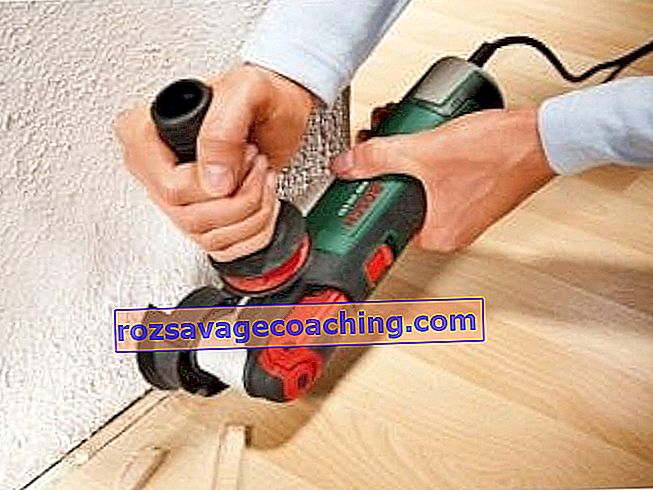
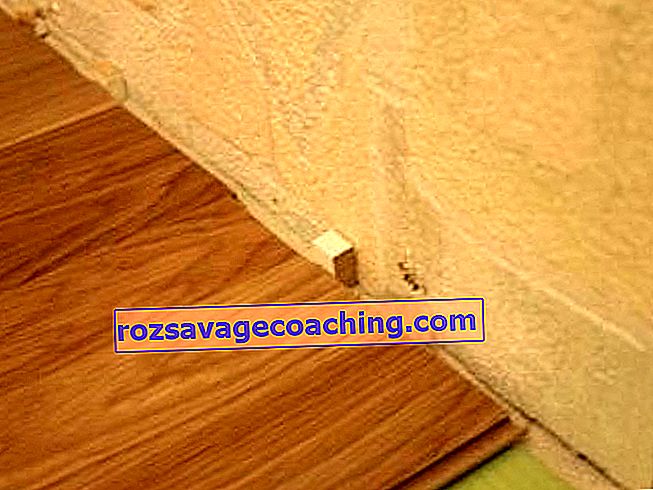
- put the plinth in place.
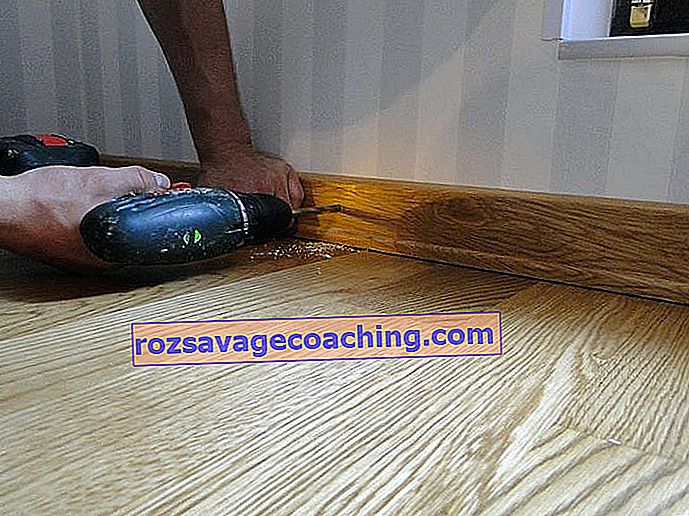
If the laminate is swollen by waves after water, in summer it is enough to simply wipe the surface with a dry cloth and properly ventilate the room.
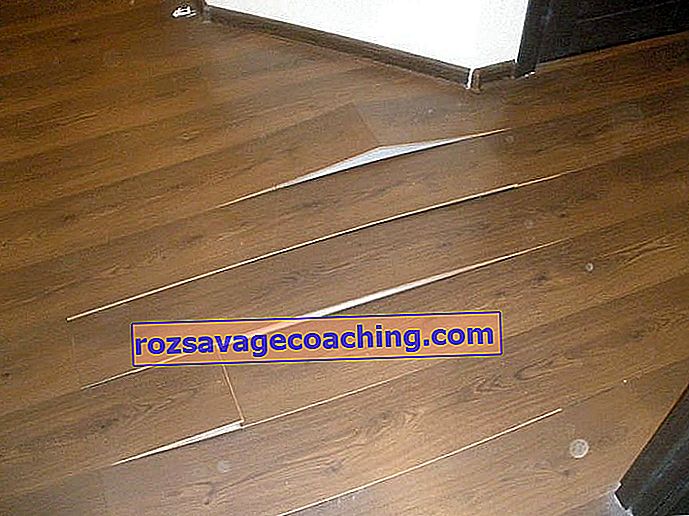
However, if it is not possible to partially get rid of the moisture, you must also dismantle:
- the laminate must be disassembled to the point where it swelled, as well as several plates around it must be removed (all panels must be carefully removed at an angle of 45 degrees);
- thoroughly dry both the plates and the substrate;
- replace damaged panels, lay the cover back (also gently return the laminate at an angle), install the skirting boards.

In this case, it often happens that the boards change their color and appearance from moisture, therefore, when buying a laminate, it is better to always take a little more material than is actually needed, so that in such situations there is always a replacement for old and worn-out boards.
If extra slabs are not available, you can try to cheat - put the spoiled laminate where it is not so noticeable, for example, under a closet or in the corner of a room, and install fresh panels in its place.
Without replacing the panels, you can try to solve the problem with the help of a glass jack - after disassembling the coating, “pull out” the distortions using the device. In addition, there is such a "folk" method - it is believed that all irregularities can be corrected with an iron, smoothing the plates, as if you were ironing linen.

How to do without disassembly?
If you do not want to engage in full-fledged disassembly of the laminate, you can proceed as follows:
- free the room from furniture;
- remove the baseboards;
- stepping back 15-20 mm from the wall, outline the cut line and walk along it with a jigsaw;
- to speed up the leveling process, you can put a heavy object in place of the deformation, then the plates will fall into place faster;
- put back the plinth.

Still, it is not always possible to avoid dismantling, but you can try to limit yourself to replacing only one panel without disassembling the entire structure as a whole.
This requires:
- measure out a small rectangle inside the damaged panel, which will be several centimeters smaller than the original panel, and cut it out;
- with the help of a chisel and a hammer, pull out the cut out piece and, after the weakening in the structure, the remaining parts;
- knock a row of panels about 10 cm towards the wall;
- remove the remaining pieces of the panel and cut off the lock connection;
- glue the new panel and what it is attached to;
- insert the panel at an angle of 45 degrees and lower. Using a glass jack, pull up the two panels and, after connecting, lower them to the floor;
- press down with something heavy.
And how to replace a damaged panel without disassembling the entire laminate, see the next video.
How to protect from moisture?
As stated above, most laminate flooring problems can be avoided if properly cared for.
Today there are many ways to do this:
- Polishes and impregnations, which include wax. These products have a water-repellent effect, but this method works only if the coating is regularly processed and all instructions are followed (for example, the product is applied twice with an interval of 4 hours, and then the coating will be absorbed for at least 12 hours). In addition, you should always carefully read the accompanying information in order to purchase an impregnation specifically for the laminate, and not for the parquet. By the way, impregnation, as a rule, is applied precisely at the joints of the plates. The approximate volume of one tube is 500 ml, this should be enough for processing about 10 m2. And the entire area of the room should be treated with polish - the product will create a thin protective film, which needs to be updated after a while.
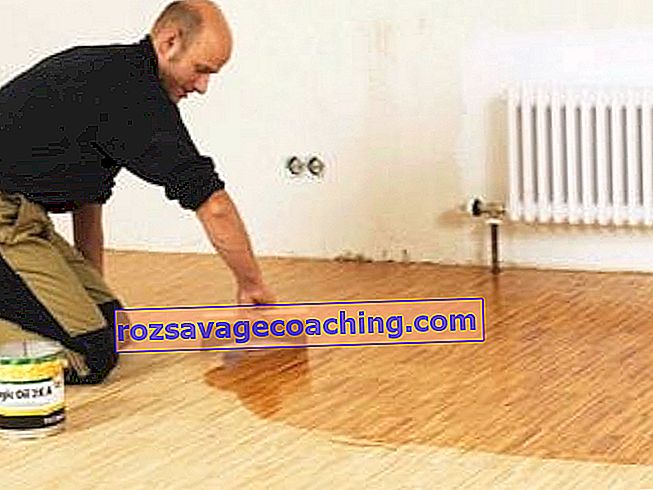
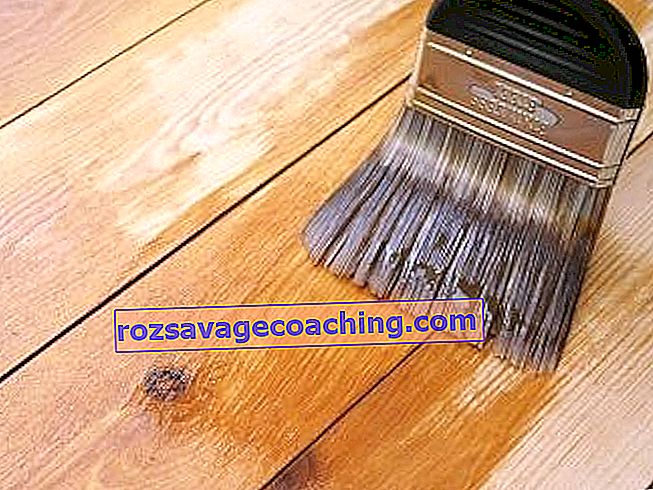
- The glue that a good hardware store will always offer you when buying a laminate.
As a rule, people unknowingly refuse from this product, because the plates are attached to each other without auxiliary elements. But in order to be on the safe side, you can glue all the joints so that moisture does not get inside. You can also use a special sealant.
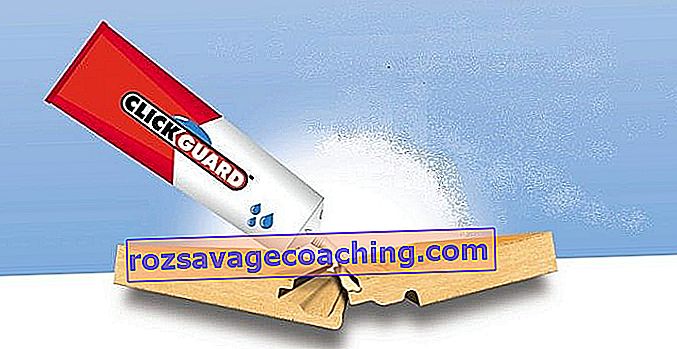
- A protective film that will be almost invisible if carefully glued on.
Sometimes it makes sense to put a protective film underneath the laminate. This is necessary when the room is located on the ground floor and draws dampness from the basement below.
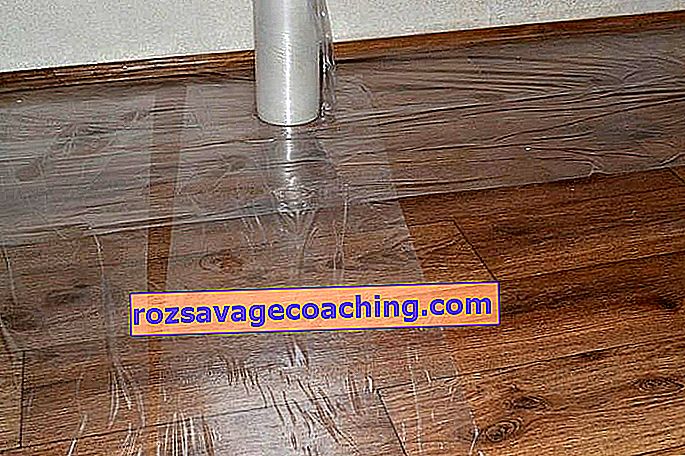
There is a general recommendation for the use of any care product - the surface that is being treated must be pre-cleaned of dirt and thoroughly dried. Otherwise, there is a risk not only of not being useful, but also of allowing damage, moisture stagnation and even the appearance of the same blisters.